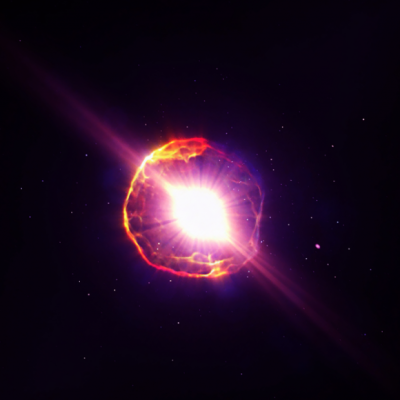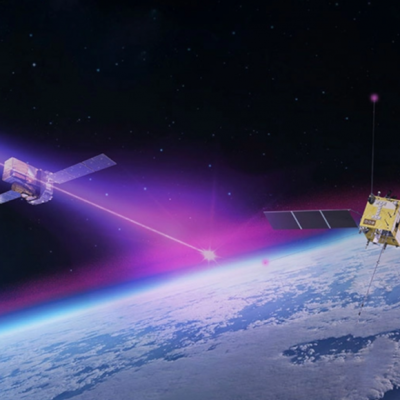Astronomers have made a groundbreaking discovery using a new method to detect “invisible” black holes that emit no light. Gaia BH1 and Gaia BH2 are the closest black holes to Earth. Black holes, such as the Quasar TON 618, are among the most massive objects in the universe, possessing enormous gravity that can tear apart adjacent stars. The debris from these stars forms a disk from which the black hole gains new material. The astronomy community can identify black holes through the light emissions of the falling material. However, a team of researchers from the European Space Agency (ESA), led by Kareem El-Badry, a researcher at the Harvard-Smithsonian Center for Astrophysics and the Max Planck Institute for Astronomy (MPIA), has discovered “invisible” black holes that emit no light using a new method. The newly discovered black holes, Gaia BH1 and Gaia BH2, are only 1,560 light-years away from Earth, making them the closest black holes to our planet.
The two black holes are too far away from stars to suck in debris, resulting in no light emissions, making them practically invisible to normal observation methods. The researchers used the Gaia space telescope to observe the gravitational effects of the black holes instead of light emissions. The team discovered the black holes by detecting tiny fluctuations in their companion stars. The accuracy of the Gaia data was crucial to this discovery, as no other instrument is capable of such measurements. The researchers noted that Gaia BH1 and Gaia BH2 are not “big eaters,” indicating that these black holes are more common in wide orbits in space than double stars, where the black hole and the star are closer together.
The discovery of Gaia BH1 and Gaia BH2 is an indication that there are many other undiscovered black holes that emit no light. The researchers believe that there may be black holes in larger systems, and they need to adjust their theories about the development of double star systems. The discovery of these “invisible” black holes is a significant breakthrough in the field of astronomy, and it opens up new avenues for research into the mysteries of the universe.







-400x400.jpg)


